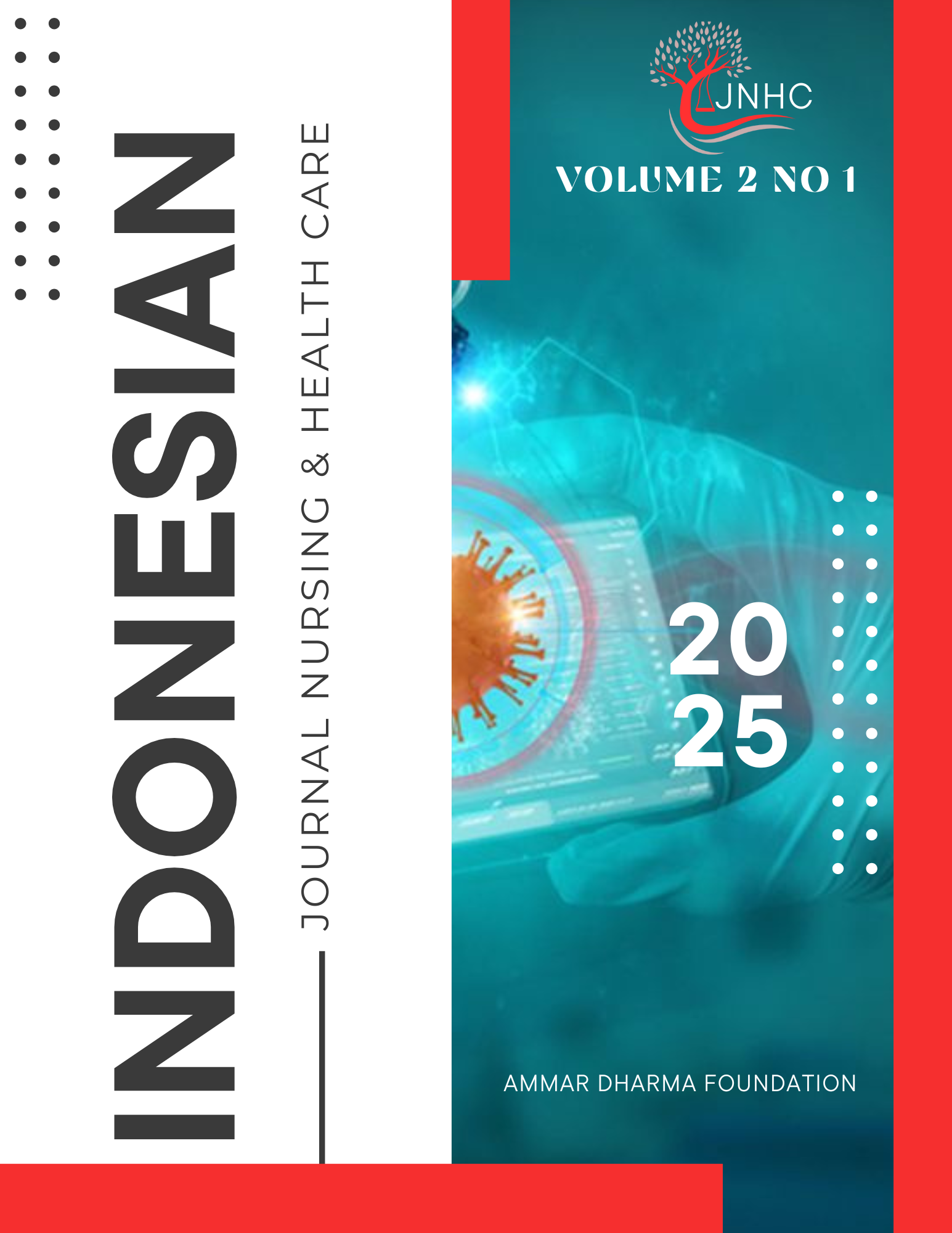Comparison of Body Mass Index (BMI) and Genetic Factors with Blood Glucose Levels in Diabetes Mellitus Patients at Kapasa Health Center, Makassar
Main Article Content
Abstract
Background: Wrongone of the most common Diabetes Mellitus (DM) is a growing public health concern, influenced by genetic and environmental factors such as obesity and sedentary lifestyles. The prevalence of DM at Kapasa Health Center has risen significantly, from 103 cases in 2021 to 351 cases in 2024. Understanding the relationship between BMI, genetic predisposition, and blood glucose levels is crucial for better management strategies.
Objective: This study aims to analyze the correlation between BMI and genetic predisposition with blood glucose levels in DM patients at Kapasa Health Center, Makassar.
Methods: A cross-sectional study was conducted involving 40 DM patients selected through purposive sampling. Data were collected using structured observation sheets and blood glucose measurements. BMI was classified based on WHO standards. Pearson correlation analysis was used to assess the relationship between BMI and blood glucose levels, while Chi-Square tests were applied to determine the association between genetic predisposition and blood glucose levels.
Results: The results revealed a significant positive correlation between BMI and blood glucose levels (r = 0.67, p = 0.002), indicating that individuals with higher BMI had elevated blood glucose levels. However, the Chi-Square test (p = 0.742) showed no significant association between genetic predisposition and blood glucose levels. This suggests that while genetic factors contribute to diabetes susceptibility, BMI plays a more substantial role in glycemic control.
Conclusion: BMI is significantly associated with blood glucose levels, emphasizing the importance of weight management in diabetes prevention and control. Genetic predisposition alone does not directly influence blood glucose regulation. Public health interventions should focus on obesity prevention and lifestyle modifications to reduce diabetes prevalence.
Downloads
Article Details

This work is licensed under a Creative Commons Attribution 4.0 International License.

